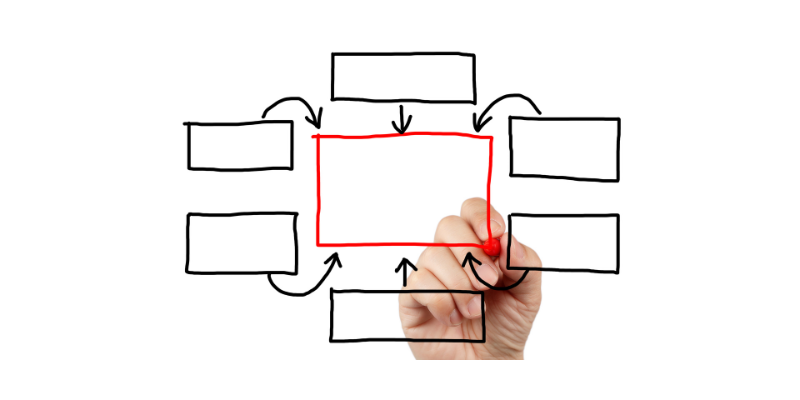Leveraging Objectives and Key Results (OKRs) for Organizational Alignment
With the exception of one-person businesses, attaining alignment among employees, teams, and departments can prove to be a challenging endeavor. Organizations that are highly aligned experience 58% faster revenue growth and are 72% more profitable, significantly surpassing their less-aligned counterparts. With organizational alignment, everyone’s effort is channeled toward achieving business goals and, ultimately, the organization’s purpose.
Even though it is possible to run a business without alignment, organizations that are aligned are better positioned for profitability and sustainability in the long run. The reason — when the entire organization aligns around a shared purpose, employees gain a transparent view of how their daily work contributes to the bigger picture, enabling them to operate more efficiently, make informed decisions, and collaborate effectively with their colleagues. Lack of alignment can also lead to significant challenges, including but not limited to:
- Inability to get buy-in on organizational goals
- Lack of employee engagement
- Gaps between team and organizational goals
- Ambiguity around roles and responsibilities
- Challenges in tracking progress toward goals
- Delay in decision-making
Objectives and Key Results (OKRs) and Organizational Alignment
While there are several frameworks and methodologies available to tackle alignment challenges, Objectives and Key Results (OKRs) have stood the test of time for their simplicity and practicality in achieving alignment. OKRs are an effective goal-setting framework used to set and track measurable goals. One of the unique features of OKRs is their dynamic nature — the objectives and key results are not etched in stone; instead, they are subject to regular review and adaptation, typically on a quarterly basis. This flexibility ensures that organizations can swiftly respond to changing market conditions and evolving business priorities. OKRs also motivate individuals and teams to set lofty targets while staying attuned to ground realities.
With the help of an OKR solution like Peptrics, individuals and teams can create interrelated objectives that align across hierarchical levels, effectively aligning with the organization’s overarching goals. This level of transparency and clarity helps everyone understand which high-level objectives they are contributing to, the what’s and why’s of their tasks, and the progress made toward achieving them.

Aligning OKRs
Enabling collaboration among teams and individuals constitutes a fundamental element of the advantages offered by OKRs. The alignment of objectives throughout the team and organization empowers everyone to strive towards the same overarching goals. However, this alignment can materialize only if stakeholders are on the same page with respect to priorities and interdependencies. A common mistake is formulating OKRs in isolation without engaging in discussions with others, which often hinders the team’s ability to achieve their OKRs. This can be avoided by creating OKRs that are either public or shared with relevant stakeholders.
Organizational alignment is inevitable for thriving in the modern business landscape. By breaking down silos, fostering a culture of collaboration, and embracing change, organizations can harness the power of OKRs to align their workforce and stay agile in the face of change. With Peptrics, you can create public or shared OKRs, assign them to your teams, and visualize their progress and alignment using Kanban and tree views.
